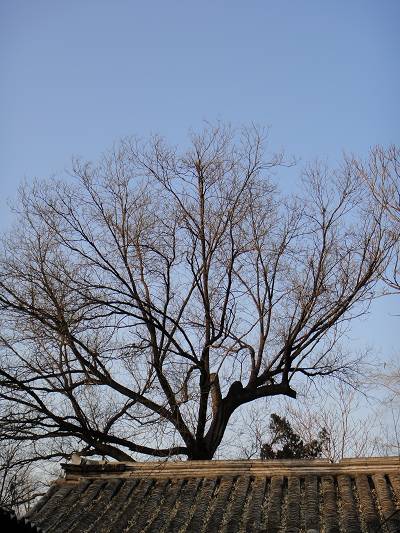Where is home?---Zhongjianzi Hutong

The old homestead
Shu Yi, the former director of the National Museum of Modern Chinese Literature, has called on No. 33 several times to follow Bing's footsteps. But he says that since his first visit two decades ago, the writer's residence was already unrecognizable from lack of care and preservation.
"I once recorded a video of the courtyard," Shu said. But Bing was unwilling to look at the video when he offered to show it to her. "The lovely scenery of Bing's childhood there was long gone," Shu explained.
"Bing used to live in the east and north side room," Shu said. "No. 33 is so closely related to her that not only was her pseudonym given here, but many of her great pieces of work - including her earliest book, Two Families - were finished here."
No. 33 was a traditional siheyuan, and Bing's family occupied it alone when they lived there. Since 1949, though, it's been occupied by multiple families. When I dropped by in the hope of finding anything that might have had some connection to Bing, I instead found a small group of elders squeezed in the room playing mahjong, who noticed me and asked me what I was looking for. After explaining my reason for being here, a 70-year-old lady said that many people have come looking for a connection to Bing.
"But who cares to know about this old experience today, really?" she said, a bit impatiently.
Shu, for one, cares a great deal about those old experiences.
"No. 33 played such a vital role in Bing's childhood and later of her life," he said. "Yet it has never been treated as a cultural relic unit, which is kind of sad."
 0
0 






